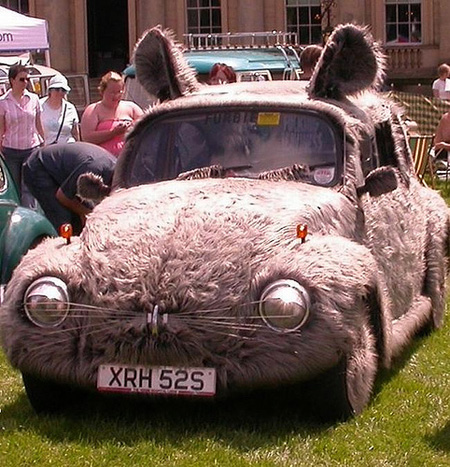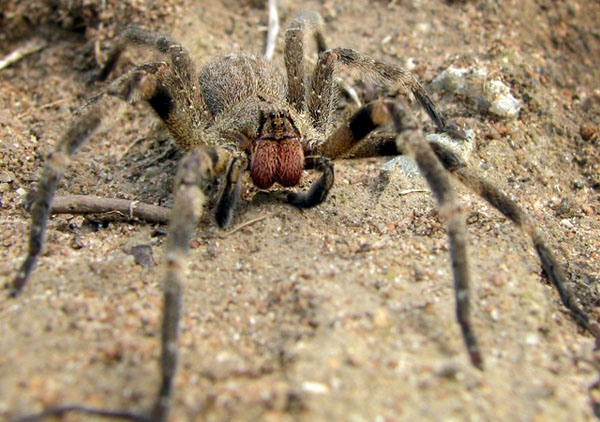Been done? if not whadda you got?
Bot fly
The Human Bot Fly lays its eggs on a horsefly or a mosquito, something that will attempt to land on a human. This carrier finds a human and lands on him or her. The eggs rub off onto the human, whose body heat hatches the eggs. The larvae drop onto the skin and burrow right in. Where they live. Under your skin. Eating.
Bot fly
The Human Bot Fly lays its eggs on a horsefly or a mosquito, something that will attempt to land on a human. This carrier finds a human and lands on him or her. The eggs rub off onto the human, whose body heat hatches the eggs. The larvae drop onto the skin and burrow right in. Where they live. Under your skin. Eating.


















 Your trapped in a real life monkey thread!!!!
Your trapped in a real life monkey thread!!!!


